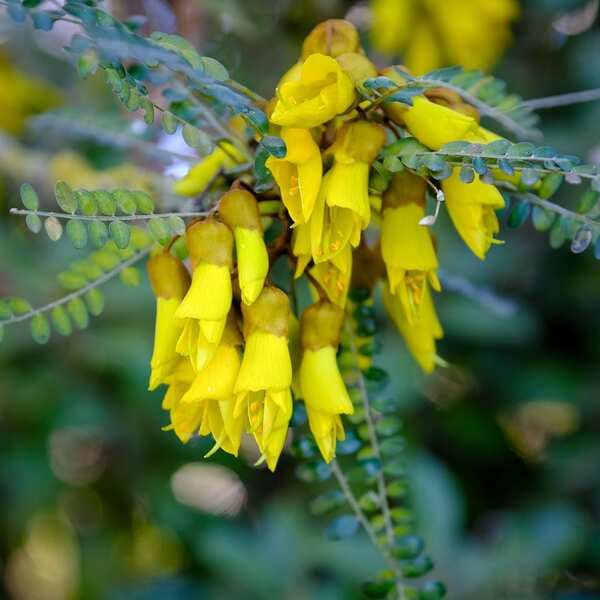
1) History - How endemic NZ Flora has been depicted in the past in beautiful Lithographs and NZ Stamp Collections
2) Did You Know - New Zealand has over 160 species of Native Orchids?
3) Does N.Z. have a National Flower?
4) What is the Most Beautiful New Zealand Flower? (in this florists' opinion!)
5) What is the name of the NZ Red Christmas Flower?
6) Why do Bees love our beautiful Manuka Blossom for making UMF Honey?
7) Harakeke and woven Flax Flowers - Here's a native we use every day in the Florist Shop.
8) Unique Kaka Beak - Striking Flower named after NZ native Parrot.
9) New Zealand's native Buttercup.
10) Sweet smelling Clematis - Puawananga.
11) Hebe - named after the Greek Goddess of Youth.
12) Native ToeToe Grass - Not to be confused with the pest Pampas Grass.
13) Stunning Blue Flowers - Chatham Island Forget-me-Nots.
14) How has this florist used native NZ Flowers in Natural Funeral Designs?
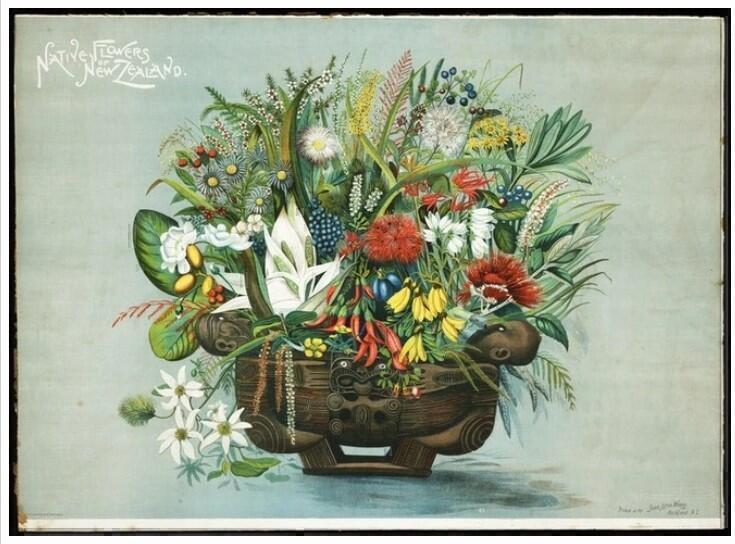
Features Native N.Z. Flowers including Pohutukawa, Clematis, Kowhai, Red Kaka Beak, Hebes and Manuka in a wooden bowl with Māori carving.
This original picture was a very early study of New Zealand native flora, presented in a colour lithograph. Published 1899.
Botanical Artist: William Huddlestone
Lithograph: William Shaw Diedrich Schmidt
New Zealand Graphic and Star Printing Works.
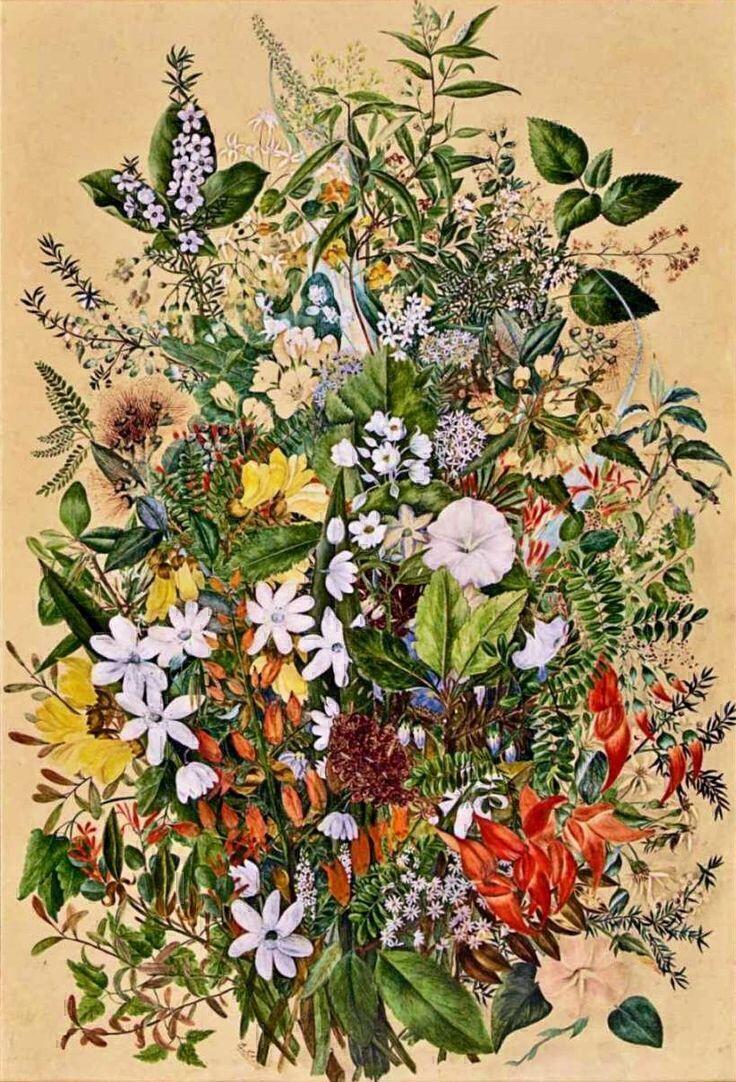 New Zealand is a land of unique and diverse flora, with many species of flowers that are native to Aotearoa. These unique plants and flowers have evolved in isolation for millions of years, resulting in a rich and fascinating array of botanicals, that can be found nowhere else on the globe.
New Zealand is a land of unique and diverse flora, with many species of flowers that are native to Aotearoa. These unique plants and flowers have evolved in isolation for millions of years, resulting in a rich and fascinating array of botanicals, that can be found nowhere else on the globe.
You can imagine how excited botanist Joseph Banks was in 1769, when he first set eyes on all these unusual flowers and species, not seen before in the european world.
Did you Know?
The Botany Collection at Te Papa Museum still has an original specimen of Mamaku, collected in 1769 during Captain Cook's first expedition to New Zealand.
Illustrated below - Historical Botanical Art: Kaka Beak, Pohutukawa and Kōwhai.

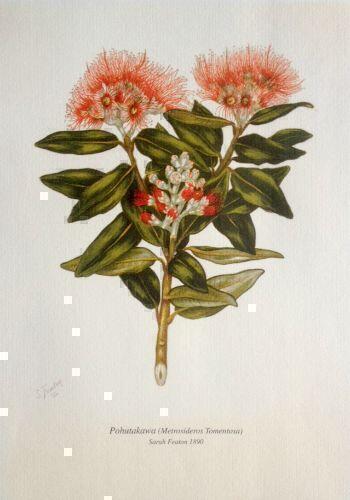
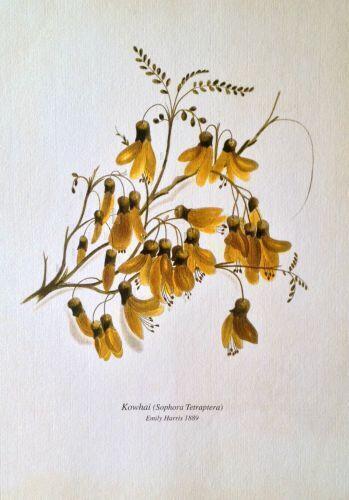
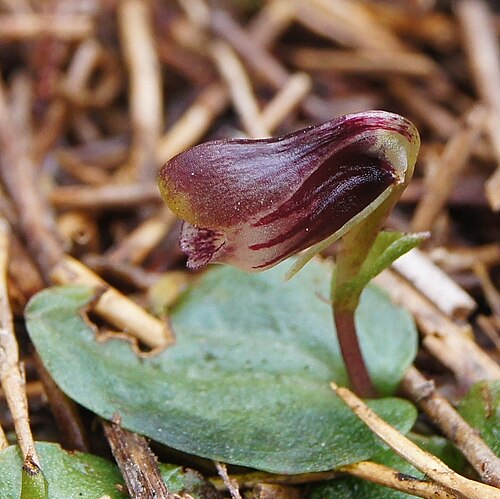 I have never seen any native orchids, have you ever seen Native New Zealand Orchids? Well, look down when you are next hiking in the bush, as even with over 160 species of New Zealand native orchids recorded, not many people have actually seen these unique orchids in real life.
I have never seen any native orchids, have you ever seen Native New Zealand Orchids? Well, look down when you are next hiking in the bush, as even with over 160 species of New Zealand native orchids recorded, not many people have actually seen these unique orchids in real life.
When we usually think orchids, most of us think of dramatic, showy orchids, such as Phalaenopsis Orchids, intriguing Cattleya Orchids, or flamboyant Cymbidium Orchids growing in tropical exotic countries, such as Thailand or Malaysia.
But New Zealand Native Orchids?
These are shy, hidden flowers. N.Z. orchids usually have small delicate blooms, which come in a vast range of colours and flower shapes. Some native orchids are found growing around New Zealand coastlines, others grow deep in swamps, and you can even find orchids growing up on the high-country alpine fields. Fascinating flowers, that have often been overlooked in our native flora and fauna records.
The rarest NZ orchid is the Black Helmet Orchid. (seen left) This unique swamp growing orchid is critically endangered, and found only at Whangamarino Wetland. Black Helmet Orchids are so rare, they grown in an internationally recognised Ramsar wetland site (Internationally significant wetlands) in the mighty Waikato.
The native NZ orchids are rare and threatened, and under conservation, so cannot be picked or the plants sold, and of course as florists - we can't use these particular orchids in our designs.
You can Learn more about New Zealand Native Orchids here >
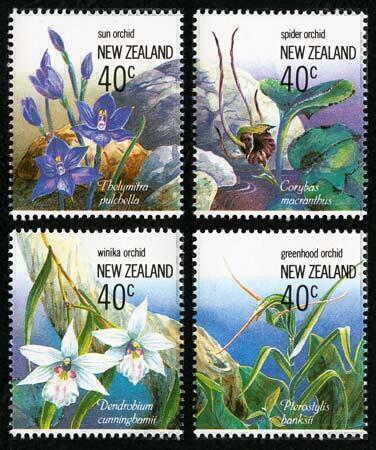 |
Native N.Z. Orchids Rare Stamp Collection:
World Stamp Exhibition 1990
|
Although as florists we may not get to work with these native orchids, joyfully we embrace designing with the seasonal crop, of NZ grown Cymbidium Orchids.
New Zealand has a strong export market of these beautiful orchids, and you will find these in season and in store from April, throughout the winter months, and usually through until November.
N.Z. grown, Cymbidium Orchids are a fabulous cut flower - and last for weeks.
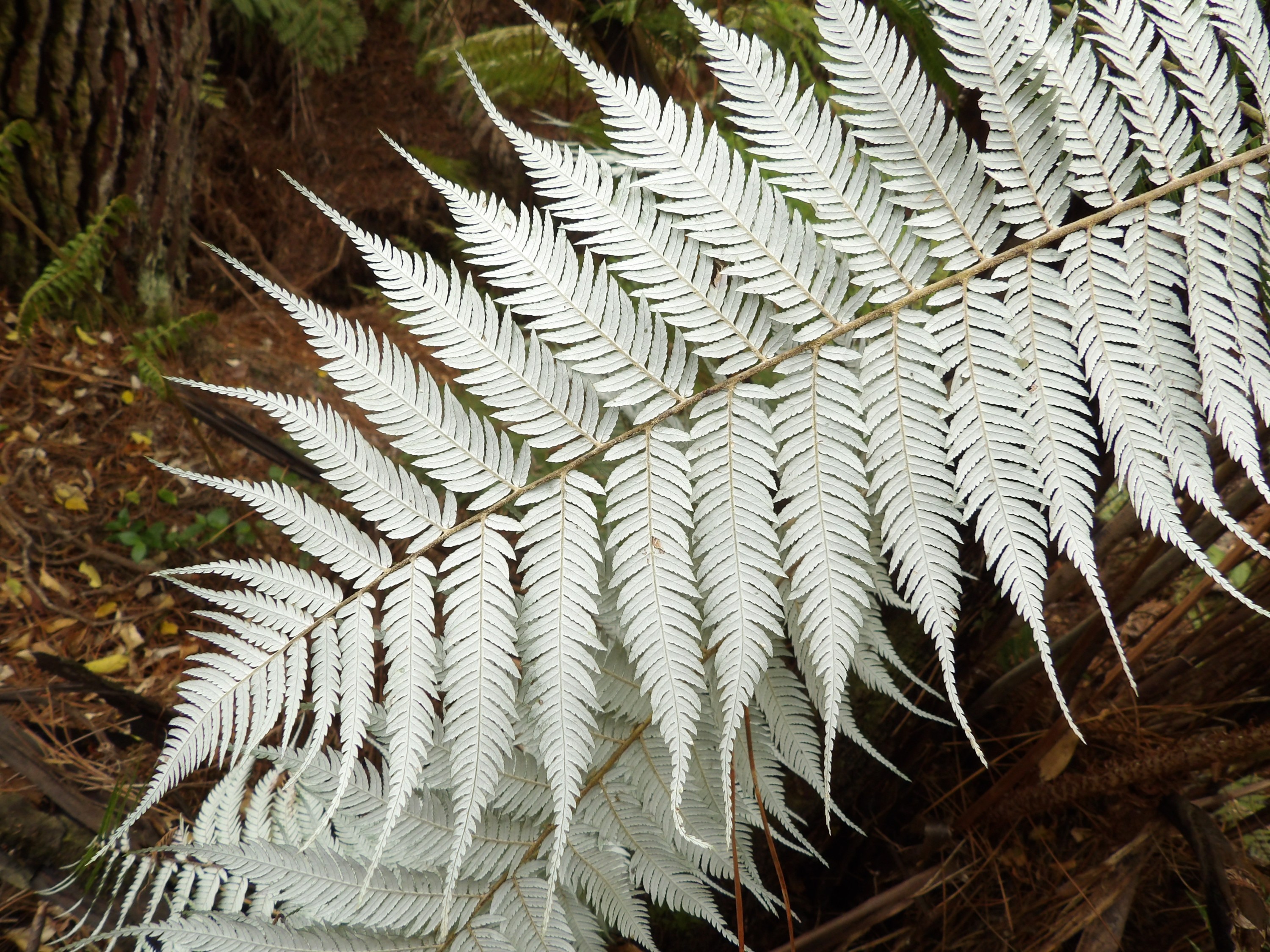
The iconic Silver Fern is one of NZ's most well known native plants. To Māori, the elegant shape of the fern fronds (Ponga) stood for strength, stubborn resistance, and enduring mana (Spiritual Power).
Ponga Tree ferns have a long history of use by Maori, who used the plant for a variety of purposes, including making baskets, clothing, and bedding.
Today, the ponga is still an important part of New Zealand's culture, and is used as a symbol of the country's identity and pride.
Read More from Te Papa
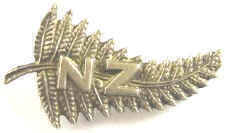
To Pākehā (New Zealanders of non-Māori descent), the silver fern symbolised their sense of attachment to their (new) homeland, as they went off to war for foreign rulers. The silver fern has been used as a symbol for all New Zealanders National identity since the 1880's. It appears on NZ Army, Air Force and Navy Uniforms, and of course as a sacred honour on the graves of our war dead.
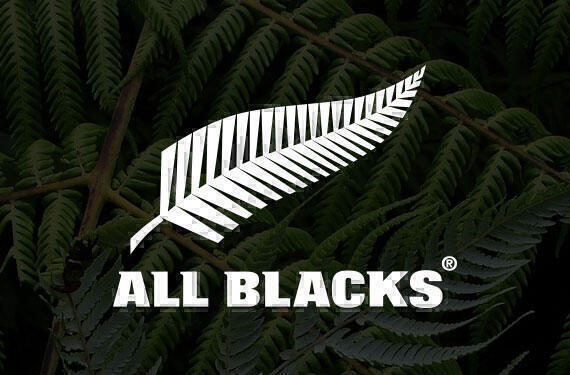
The Silver Fern icon is of course famous around the world, on our New Zealand National Sporting teams, such as the All Blacks Rugby Team. It is also used as names for the Black Caps NZ Cricket Team & Silver Ferns Netball team, White ferns Soccer team, Black Sticks Hockey teams, & many more, where it is worn proudly by the teams and fans alike.
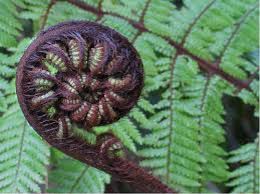
The Koru is a spiral shape, based on the unfurling silver fern frond of the Ponga Tree. Koru symbolizes new life, growth, strength and peace. It is an integral symbol in Māori art, carving and Tā Moko (Traditional tattoos). Source: Wikipedia.
All New Zealander's relate to the Koru as a symbol of pride.
Shop Iconic N.Z. Themed Flowers
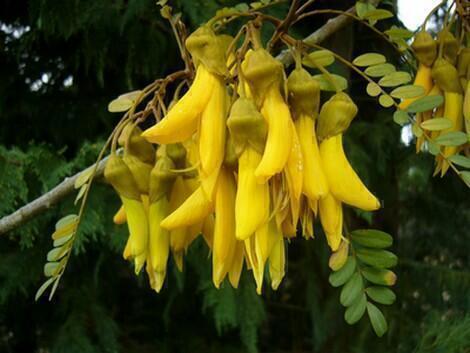
Beautiful, yellow Kowhai flowers, are one of the most recognizable blooms in New Zealand, and is widely known as our N.Z. National Flower.
Kōwhai trees are found throughout New Zealand, and are especially common in the North Island. The trees can grow up to 10 meters tall and have a distinctive yellow-green bark. The yellow flowers are trumpet-shaped and hang in clusters from the branches, and are an important food source for native birds such as tui and bellbirds.
The name "Kōwhai" comes from the Māori word for "yellow," which refers to the bright yellow flowers that the tree produces in late winter and early spring. The symbolism of Kowhai means personal growth and renewal, and the warm yellow flowers signify hope and optimism.
Kowhai is this florists favourite of all the native blooms - there is just something about the bell-like yellow blooms in spring - often filled with chattering Tui birds, and the delicate, graceful grey-tinged foliage, that just makes your heart sing and yes, full of optimistic hope for the future.
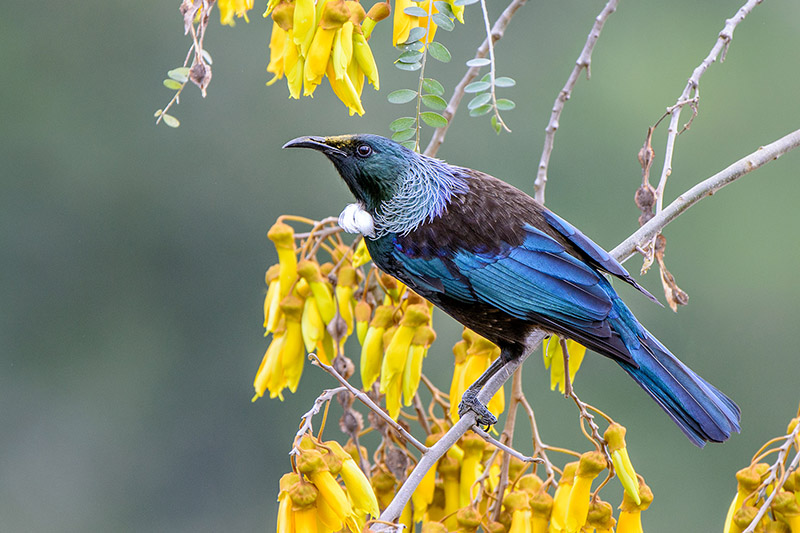
Kowhai has a short flowering season in late winter to early Spring, which in New Zealand is in September, so make sure you get out there and see some of these gorgeous yellow trees, while they are in flower.
Image left: Shows Iridescent Tui in a Kowhai tree with Yellow Flowers.
Photographer:
Tony Whitehead Wildlight Photography.
Here in Auckland, the best places to view Kōwhai Flowers are Wai-Kōwhai Park (Bay of the Kōwhai trees) on the shores of the Manukau Harbour - a beautiful spot - with the largest native forest block left in Auckland City. You will also see multiple Kereru and Tuis here, it's a really great urban forest park.
Other great viewing walks to see yellow kōwhai flowers in spring are: Mangemangeroa Kōwhai Path in East Tamaki, and there is a lovely floral Kowhai display at Auckland Botanical Gardens and Cornwall Park.
Sadly like most Native NZ blooms, Kōwhai Flowers are not used daily in the florist shop, as they do not last as a cut flower. At Best Blooms, we have however, arranged them last minute in funeral casket spray designs (read more below), and I am very happy to see that we are now seeing more native foliages come through the local flower market to use in our Kiwiana designs.
The Kōwhai leaves & branches can look very elegant in Bouquets with their beautiful leaves and curly seed pods. Kowhai means Yellow - so why not send beautiful yellow flowers, to spread joy and optimism.
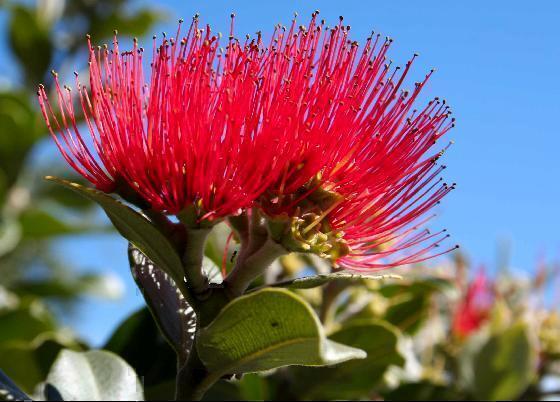
The red Pōhutukawa flower is an iconic New Zealand emblem. Pōhutukawa is often referred to as the "New Zealand Christmas tree" due to the fact that its beautiful crimson blooms arrive in December, ready for a Kiwi Summer Christmas & Holidays.
Pohutukawa are symbolic to maori spirituality, connecting to the beginning and end of life.
A lone pohutukawa tree upon a clifftop in Cape Reinga, the northern tip of Aotearoa, is known as the place of leaping, where spirits begin their journey to our traditional homeland, Hawaiki. The 800-year old tree is known as the guard of the entrance to a sacred cave, where spirits pass on their way to the underworld.
Pōhutukawa trees are found along the coast of the North Island, and are often seen growing on cliffs and rocky outcrops. The festive flowers are bright crimson red, and grow in fluffy clusters at the ends of the branches, creating a striking display, against the silvery green leaves of the tree.
The trees are well-adapted to the harsh coastal environment, and are able to withstand strong winds and salt spray.
Red Pōhutukawa flowers are an important source of nectar for birds such as Tui and Bellbirds, pollinators and bees, and the tree itself provides shelter for a variety of animals.
Project Crimson is the official N.Z. organisation protecting and promoting the beautiful Pōhutukawa and Rata Trees. Here is their list of Crimson Trails - which are the best places in New Zealand to see a display of the beautiful fluffy red Pōhutukawa Flowers in season.
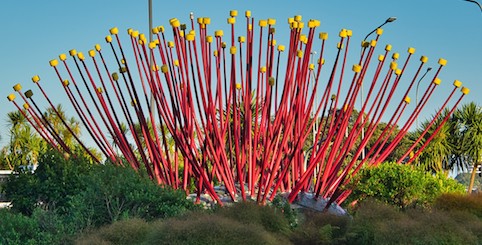
Pohutukawa are acknowledged as the floral symbol of Auckland, with the motif featuring on local Auckland council representation.
Pictured Left: Famous in Auckland, is the amazing Pohutukawa sculpture at the junction of the North Western Motorway in Auckland City.
Photographer: Ted McGrath.
Unfortunately Pōhutukawa is not a long lasting cut flower, but the blooms can be tucked in last minute to funeral work. (read more below) Our florists do arrange with the hardy grey-green pohutukawa leaves, pōhutukawa buds, and the nuts left after flowering is finished. These native elements can all be used as foliages, and design accents amongst our bouquets and arrangements. The florists at Best Blooms love being able to incorporate native flora, in our flower displays.
BLOG Post - New Zealand Christmas Flowers >
FLORIST TIPS: To make the perfect NZ Christmas Wreath you can definetly use Pohutukawa Flowers - but because it dosen't last as a cut flower, you need to add the blooms at the very last minute.
1) It is best to have a wreath structure made first, you could use natural vine wreaths, or perhaps an artificial wreath as a base to feed your florals, and other native foliages into.
Don't forget to use the leaves of the Pohutukawa as these last very well.
2) A wreath of Pohutukawa flowers would look fabulous mixed in with pine cones, pods, bunny tails, other native foliages, twists of rimu, shells, and anything you can forage to make an interesting and unique NZ Christmas wreath.
3) Add the pohutukwa flowers in water tubes, right before you want it to be displayed and admired.
Top Tip - Use artificial pohutukawa flowers for a longer lasting display.
I have also used festive red Pohutukawa flowers and added them on the day to my Xmas Table Arrangements, Wreaths and family decorations at Christmas - the flower won't last long, but it is so perfectly NZ Summer Christmas that it works anyway!
Shop NZ Christmas Flowers & Bouquets
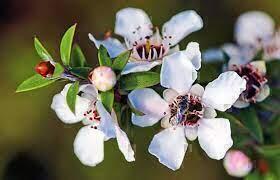
The Mānuka tree is an important part of New Zealand's native flora, and is valued for both its beauty and its medicinal properties.
Mānuka is a small tree or shrub that is found throughout New Zealand, and is known to be healing and anti bacterial.
Mānuka flowers are small white or pink blossoms that grow in clusters at the ends of the branches. There are also modern cultivars of manuka that are dark burgundy & cerise colours which are so pretty in our floristry.
Mānuka trees are also known for their distinctive, aromatic leaves, which are used to make herbal tea, ti tree oil, and other herbal remedies.
UMF Mānuka honey, which is made from the nectar of the mānuka flower, is highly prized for its anti-bacterial properties. This special N.Z. made medicinal honey is used in a variety of natural remedies and is also a popular ingredient in skincare products. Manuka honey is one of New Zealands unique export horticulture products.
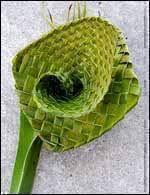
Flax, or harakeke, is one of our most ancient plant species found in New Zealand, and is known for its strong, fibrous leaves.
Flax plants produce tall spikes of flowers that range in color from yellow to red, and are an important food source for native birds such as tui and bellbirds.
Harakeke was traditionally used by Maori for a variety of purposes, including clothing, kete (woven bags) shelter, and fishing nets. The strong fibers of the plant were woven together to create durable, waterproof fabrics that could be used for a variety of purposes including woven tukutuku panels in Marae.
Today, flax is still used by artisans and craftspeople to create a variety of objects, from weaving kete baskets, cloaks and, wall hangings.
At Best Blooms Florist, we enjoy using flax as part of our floristry every day. We use flax spikes in arrangements, we roll flax leaves into interesting shapes to use in our designs, our florists weave flax flowers to include in bouquets to give them a Kiwiana feeling, and we use flax kete baskets to make unique New Zealand flower arrangements.
Using flax and other NZ foliages is a great way we can create a native NZ Bouquet, as you have read above - most of our endemic flowers sadly don't last long enough as cut flowers for our florists to use in daily florist shop deliveries.
Here are some of our NZ Kiwiana Style Arrangements - See more on our NZ Flowers Page >
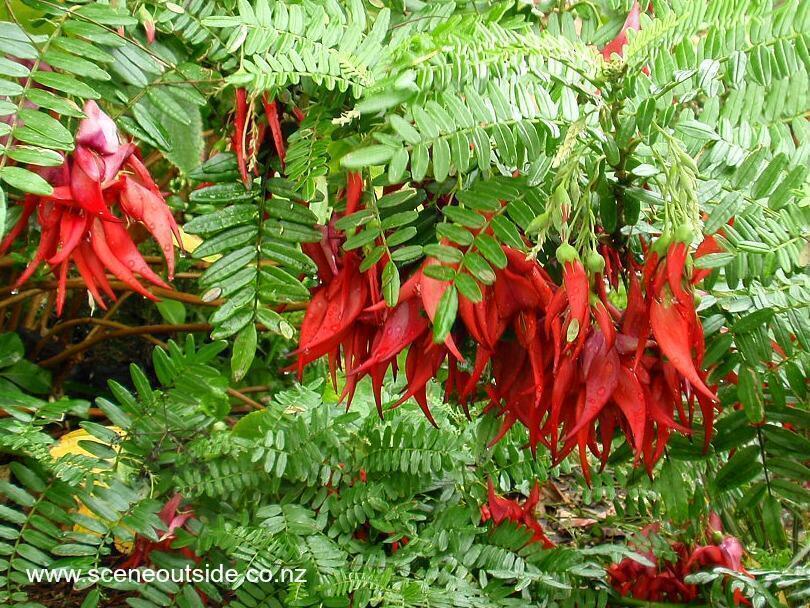
Kākābeak is a striking plant that is found only in New Zealand, and is known for its bright red, tubular flowers.
Kākābeak grows as a shrub or small tree, and is found in a variety of habitats, including forest margins and rocky outcrops.
The Kākābeak is named after the native parrot, the kaka, which is known for its curved beak. The plant's flowers resemble the beak of the kākā, and are an important source of nectar for native birds such as tui and bellbirds.
The Kākābeak is also a popular ornamental plant, and is often grown in gardens and parks throughout New Zealand.
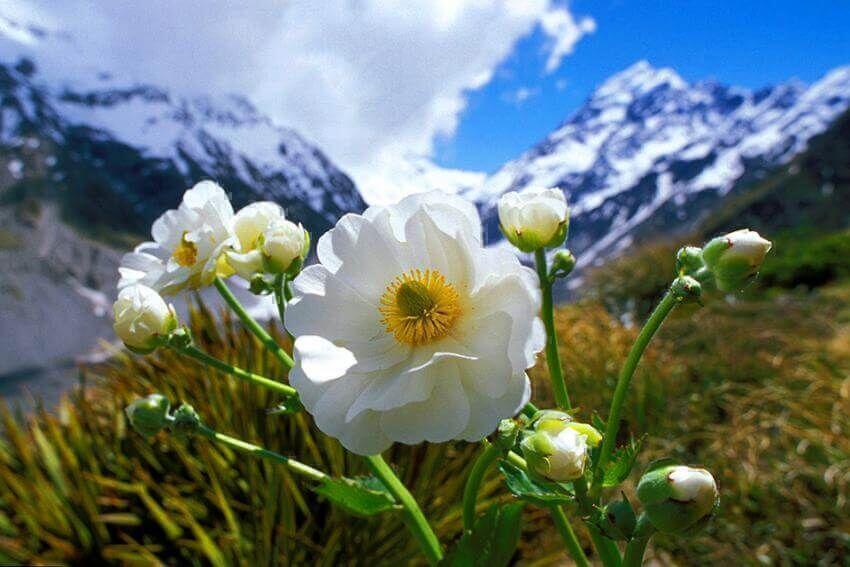
The simple but beautiful white flower of the Mount Cook Lily, also known as the Ranunculus lyallii, is a rare and classic bloom, that is found only in alpine regions of New Zealand's South Island.
This white flower was named after Sir David Lyall, a naturalist who discovered the plant in 1857.
The Mount Cook Lily has large, pure white petals that surround a central cluster of yellow stamens. In the ranunculus family, they really do look like a big white buttercup.
This white flower blooms in late spring and early summer, and is often seen growing in rocky, alpine environments such as Aoraki (Mount Cook). This endemic plant is considered to be endangered, and is protected under New Zealand law.
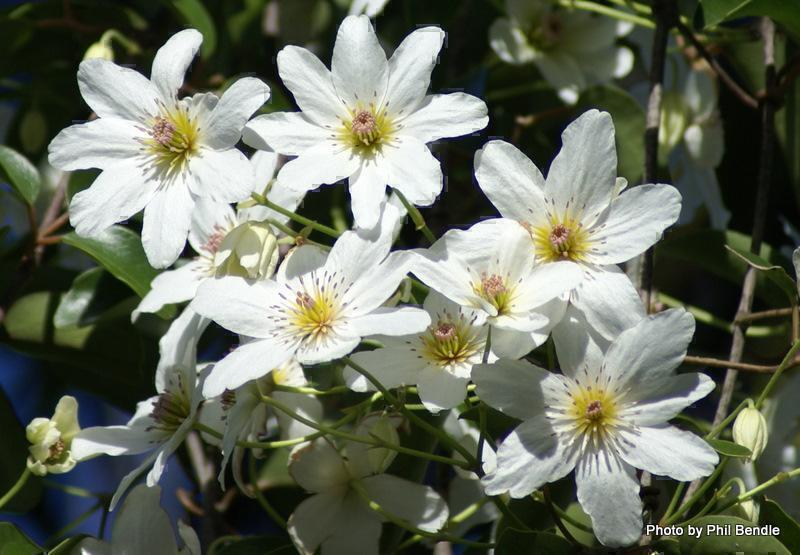
NZ Clematis, also known as puawananga in Māori, is a climbing flowering plant that is found throughout New Zealand.
Clematis plants produce large, white or cream-colored flowers that have a sweet, honey-like fragrance. As flowering finishes they turn into striking fluffy seed heads.
NZ clematis are unique as they have seperate male and female flowers on different plants, which makes them dioecious.
Clematis flowers bloom in late spring and early summer (thats from October onwards in NZ), and are an important source of nectar for native birds and insects.
Clematis was traditionally used by Māori for medicinal purposes, and was believed to have a range of healing properties. Today, the plant is popular with gardeners and is often grown on trellises or walls to create a beautiful, climbing display.
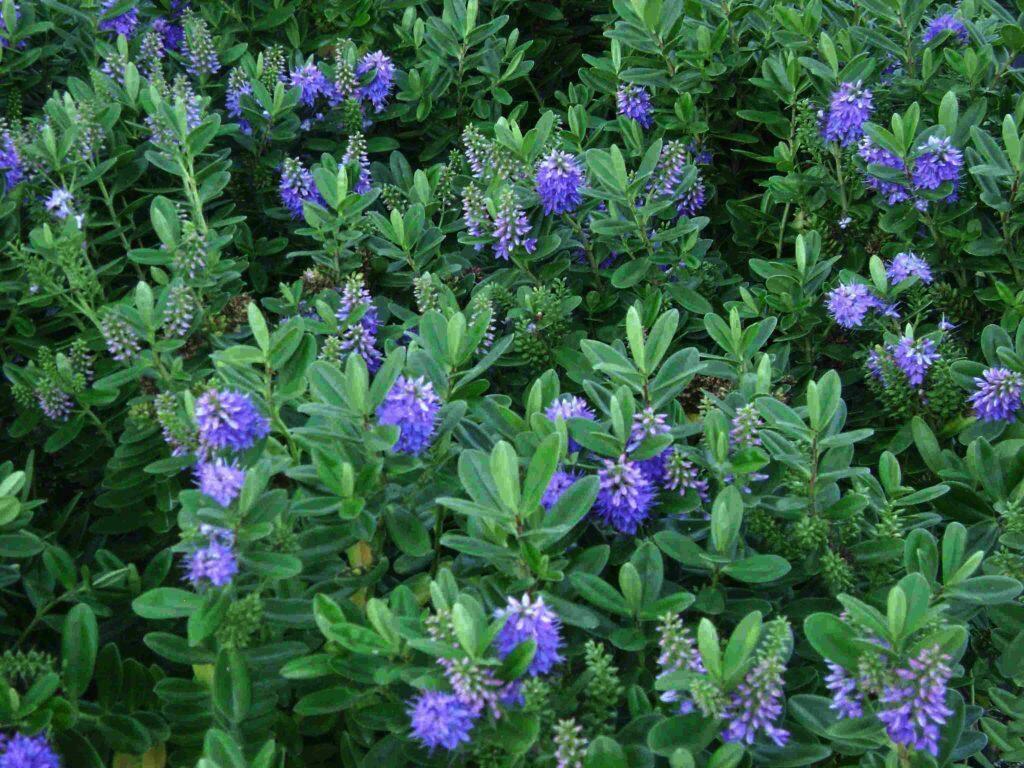
Hebe is a genus of plants that is found throughout New Zealand, and is known for its colorful, tubular flowers.
Hebe flowers range in color from white, pink, blue & purples, and bloom in late spring and early summer. Hebe plants are also valued for their attractive foliage, which ranges from dark green to silvery gray. They are a lovely hedging plant in your garden.
Hebe was named after the Greek goddess of youth, and the plant is valued for its ability to rejuvenate itself after being pruned or damaged.
This easy-to-grow plant is popular with gardeners throughout Aotearoa, and there are many different cultivars available that vary in size, shape, and colour.
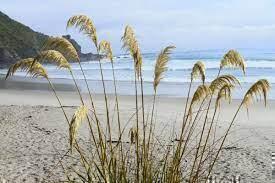
Toetoe grass is quite distinct from the pest plant which is Pampas grass. As beautiful as it is Pampas grass really is a pest to our native bush, and environment.
Did you know that we are not legally allowed to use Pampas Grass in the florist shop? There is a list of banned plants (introduced to NZ) that we are not allowed to sell, distribute, buy through the flower auction or use in our florist designs, and unfortunately Pampas Grass is on this banned plant list.
Be enviromentally aware when asking your florist to use this grass in your wedding displays as it is not the best environmental choice. The seeds are so fine, spread easily and are invasive to our beautiful whenua. Ensure your wedding florist chooses the native endemic Toetoe grass instead.
Pampas grass was introduced to New Zealand from South America, and has upright dense fluffy white/pink or purple flower heads in bloom from January to June.
Native Toetoe grass produces a light golden curved flower head in bloom from September to January.

Blue flowers are my absolute favourite, and these gorgeous blue blooms are a stunning variety.
A species of flowering plant in the Boraginaceae family. Mysotidium hortensia is native to the Chatham Islands, a group of islands off the east coast of New Zealand's South Island.
This native plant is notable for its large, lush leaves and its striking blue flowers, which bloom in late spring and summer. The flowers are arranged in clusters at the top of tall stems that can reach up to 1.2 meters in height.
The Chatham Island forget-me-not is often grown as an ornamental plant in gardens and regional parks, and is prized for its beauty and uniqueness. In its native environment, Chatham Island forget-me-nots are considered endangered due to habitat loss and invasive species.
Conservation efforts have been made to protect and restore populations of the forget me not plant, including the establishment of a protected area on the Chatham Islands.
Over the years, I peresonally have tried numerous times, and in different Auckland gardens to grow these beautiful flowers, but so far have not had any luck. I love these blue flowers so will keep trying - hopefully one day, I will have success in growing them.
One of the most poignant ways that I use NZ native foliages in my floristry, is by creating unique NZ natives funeral casket sprays. For these bespoke sprays, we forage and collect native leaves, ferns and greenery such as Rimu, Kawakawa, Puriri, Karaka and puka leaves.
Our florists also incorporate textures, such as, paua shells, kauri cones, flax flowers, astilbe, branches, and seasonal New Zealand blooms, to create a special funeral tribute of NZ natives.
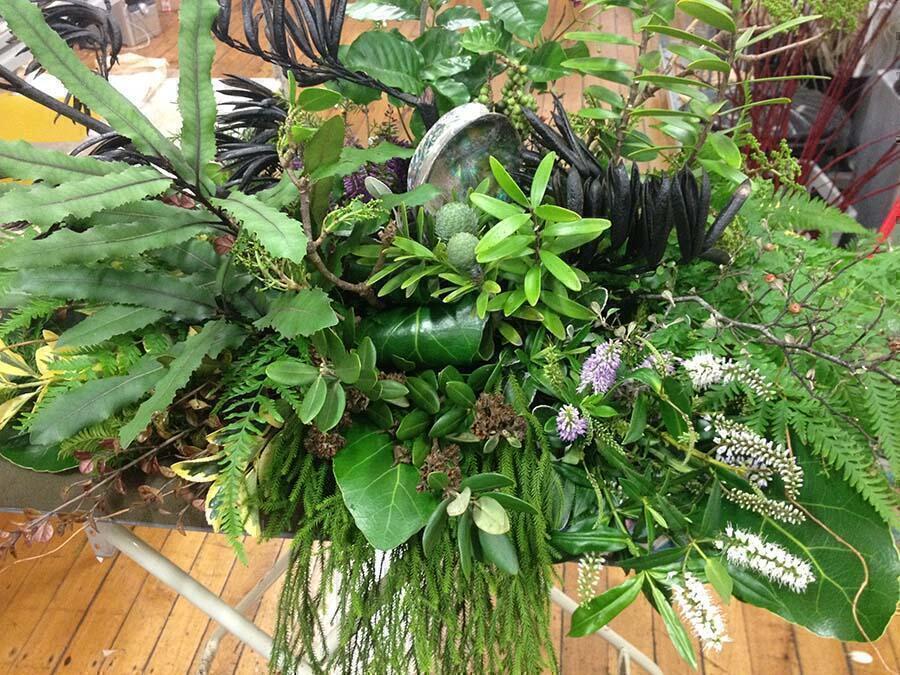
Best Blooms Florist is very fortunate to be located in West Auckland, home of the beautiful Waitakere Rainforest, where there is a wide diversity of native trees and flowers for us to collect.
Although these natural casket sprays are not full of flowers as such, they are an amazing way to bring a beautiful NZ rainforest feeling to our funeral designs.
Completely Bespoke - No two are ever the same - each spray is absolutely unique based, on what is available, and in season at the time of making your flowers.
Native Casket Sprays are a popular option for nature lovers, trampers and hikers and others who love the New Zealand bush, flora and fauna.
We are happy to take bespoke orders for these native flora casket sprays, to create a unique NZ native floral tribute to your loved one.
Please order by phone so we can discuss the details.
Call and ask to speak to Jo direct on +64 09 838 9058
View our full range of Casket Sprays
In conclusion, native New Zealand flowers are an important part of the country's rich and diverse flora. From the iconic Kowhai and Pohutukawa flowers to the rare and beautiful Mount Cook Lily, these endemic NZ plants are valued for their beauty, cultural significance, and ecological importance.
Although we don't really get to use native NZ flowers every day within the florist shop at Best Blooms, I do see more native NZ foliages coming through the flower market and i hope that we will become more appreciative of our own unique greenery. There is a resurgance in interest in our native biodiversity and we even now have a national public holiday in Matariki, which we celebrated last year with a special Matariki flower design.
Whether you are a gardener, a nature lover, or simply interested in the natural world, exploring New Zealand's native flowers is sure to be a fascinating and rewarding experience.
Jo-Ann Moss
Senior Florist
Best Blooms NZ
Jo-Ann Moss - Senior Florist | 15 March 2023, 04:02 PM
Like this article 67 others enjoyed this article
News from our Auckland Florist Shop
Seasonal Flowers in New Zealand
Cultural Floral Celebrations in NZ
The Nostalgic Traditions of Flowers
Traditional Wedding Anniversary Gifts by Year (1003 likes)
Birth Flowers and Birthstones by Month and Star Sign (934 likes)
Card Messages: Helpful guide to find the right words to send. (830 likes)
10 Tips How to make your Flowers live Longer - Flower Care Tips NZ (779 likes)
Christmas Celebrations - Guide to New Zealand's most popular Flowers at Christmas (709 likes)